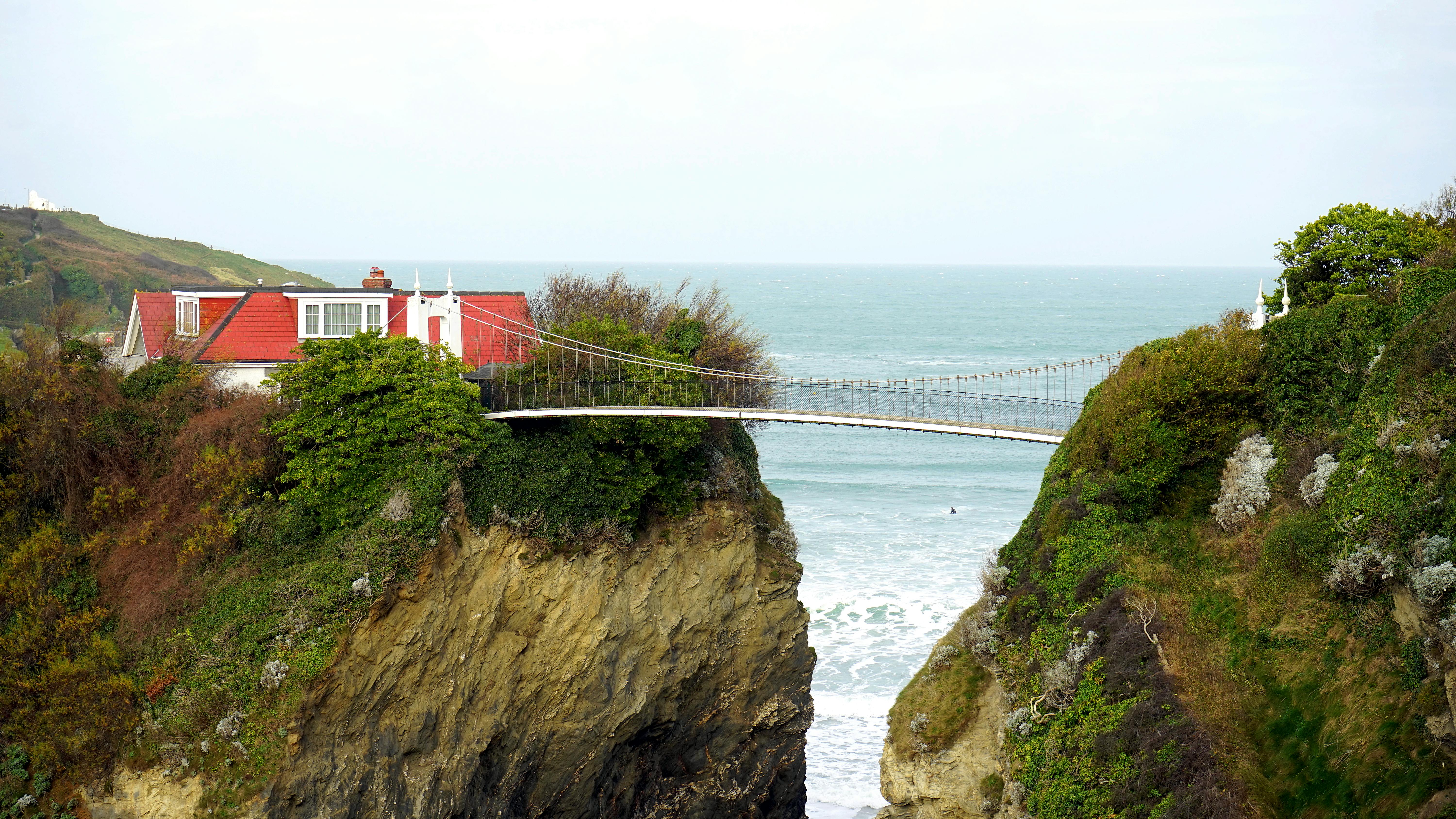Moisture, water, and rain can cause damage to your home, especially the outside parts of your property.
Here’s a guide to the types of sealants you can use to help prevent water absorption and retention and protect your home against moisture, water penetration, and leaks.
watermark
A waterseal is a waterproof penetrating substance that is transparent and colorless. It is a waterproofing liquid that contains silicones used to prevent the entry of water through porous surfaces. For example, bricks over time will lose their resistance to water penetration. A water seal will replace this resistor. The water-based sealer is ideal for porous surfaces and construction materials such as brick, stone, cement and concrete.
A water seal also has the added benefit of allowing a wall to breathe, allowing moisture in the walls to evaporate. It will also help keep walls dry and clean and help prevent efflorescence, frost damage, and general water erosion.
A water seal should be applied when the weather has been dry for at least 3-4 days and there is no rain or frost on the day of application. It is easy to apply with a soft brush, working from the bottom of the wall upwards. On our hard and very porous surfaces, two coats must be applied, the second is applied when the first coat is completely dry. Another layer can be added after 30 days.
liquid moisture proof membrane
A liquid waterproof membrane is a rubberized bitumen based emulsion that forms a flexible waterproof membrane on solid walls and floors when dry. The membrane is sandwiched between a concrete floor structure and the screed overlay and provides a highly resistant moisture barrier through floors and walls. It can also be used with masonry or before plastering a wall.
A liquid waterproof membrane should not be used on floors or walls where there is pressurized water, for example, in retaining walls, wet rooms and basements.
The membrane should be applied with a broom or brush to the floor in two coats. For internal walls, three coats of membrane must be applied before rendering. The membrane should not be applied if the temperature drops below 4 degrees Celsius or if it is raining. Protective clothing and eyewear should also be worn when applying this moisture proofing.
Protective Bituminous Paint
This black bituminous paint is used for metal and concrete and provides a protective coating for iron, steel, metal, castings and concrete. This type of coating has a high resistance to water penetration, oxidation and weathering. The application can be done with a brush or spray after dilution with white spirit. Protective clothing and goggles should be worn when applying. Paint can be reapplied as it wears down and requires another coat.
Internal moisture sealing
For damp interior walls, a water-based coating can be used to prevent stains from damp patches from showing through subsequent paint. Seals stains caused by previously wet areas on ceilings and interior walls. It can be easily applied with a roller or brush.
Waterproofing for Roofs
There are many roof waterproofing substances that can be used. A bitumen-based solution can be used on asphalt, concrete, slate, corrugated iron, and lead or zinc sheeting to create an effective barrier against water penetration.
Two coats should be applied by brush or over large areas with a broom. Gloves must be worn when applying.
acrylic waterproofing
Acrylic waterproofing is an acrylic resin-based waterproof coating for roofs and gutters that is durable and strong. This can be applied in wet weather and provides an instant fix to leaks. This type of waterproofing is ideal for immediate and isolated repairs or as a complete coating on a roof. It can be applied by brush and used in open and cracked areas that are prone to leaks.
Flexible Roof Sealant
This sealant is a bitumen-based mastic sealant for filling and sealing cracks and joints in gutting and decking to prevent leaks. It can be applied with a trowel or trowel and should be waterproofed when dry with a general purpose roof waterproofer.

